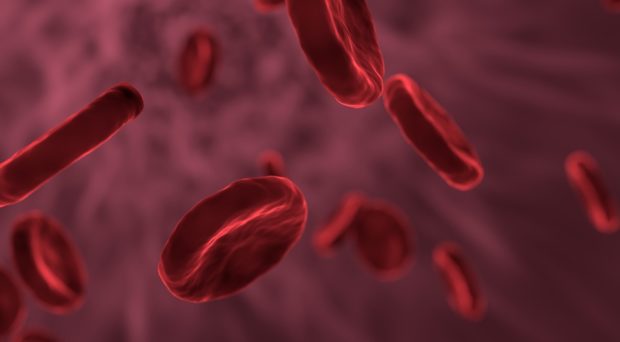
World Thrombosis Day was first focused on deep vein thrombosis (DVT) and pulmonary embolism (PE), collectively known as venous thromboembolism. Recently, thrombosis associated with hospitalization and cancer associated thrombosis have been in the spotlight. Hospitalized patients have a predisposition for thrombosis due to invasive treatment, vascular injury, and immobilization; thus, strict risk assessment and proper prophylaxis are required in such cases. Medical staff in developed countries are well aware of these risks, and assess the patients using either institutional or common assessment procedures, based on current guidelines.
A particular concern regarding venous thromboembolism is the higher incidence of DVT/PE among victims exposed to major disasters.
Formulation of readily applicable risk assessment tools is necessary in developing countries, and is currently underway. Recent trends of further shortening the hospitalization period, defer the risk of thrombosis to the period after discharge from the hospital. Awareness and intense surveillance during this period are recommended even in hospitals that are well-equipped to deal with such situations.
Another particular concern regarding venous thromboembolism is the higher incidence of DVT/PE among victims exposed to major disasters. In recent years, several big earthquakes have hit Japan, including the Great East-Japan Earthquake which hit the Tohoku area along with a big tsunami. In these events, some of the victims died due to DVT/PE [1] [2],despite surviving the direct danger caused by the earthquake or tsunami. Since many of them were staying in either shelters or vehicles, the environmental risk factors, including decreased daily activity, dehydration, and lower limb stasis, must be considered as additional risk factors for thrombosis.
The role of mental stress is also emphasized in the development of cardiovascular diseases including thrombosis after earthquakes. After the Hanshin-Awaji earthquake (1995), patients in Awaji island showed elevated blood pressure, higher plasma concentrations of fibrinogen, von Willebrand factor and D-dimer, and higher hematocrit, all of which seemed to be related to the increase in the incidence of these diseases. Causes for acute mental stress other than earthquakes are also known to induce a hyper coagulable state and thrombosis. Adequate care and protection from such factors are necessary during and after major disasters.
Comments